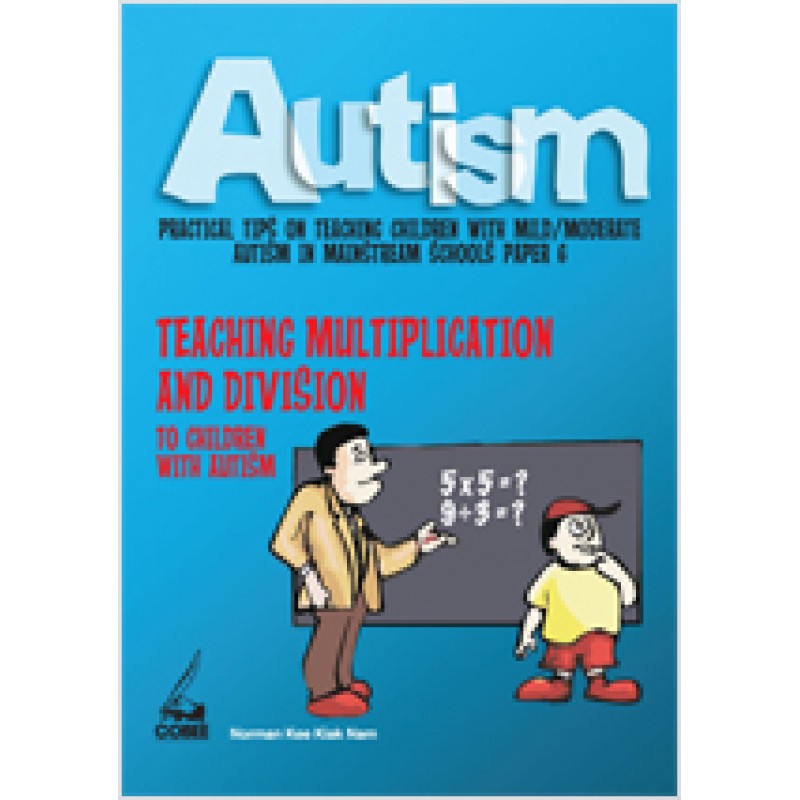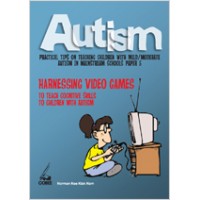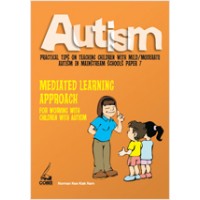Autism Paper 6: Teaching Multiplication and Division to Children with Autism, Feb/2011
| Author(s) | Norman Kee Kiak Nam |
| ISBN10 | 9810866909 |
| ISBN13 | 9789810866907 |
| Format | Paperback |
| Pages | 41 |
| Year Publish | 2011 February |
$8.00
Synopsis
AUTISM: Practical Tips on Teaching Children with Mild/Moderate Autism in Mainstream Schools
This is a series of ten papers written by three experienced special education professionals who have worked directly with individuals with autistic learning and behavioural difficulties. Presented in an easy readable style, the authors have provided essential know what, know why and know how when teaching children with mild/moderate autism in mainstream schools.
Beginning with defining autism, identifying and profiling autistic learning and behavioural difficulties through planning lessons, conducting learning/behavioural support activities, counselling, intervening through video games/drawings/peer support, parental involvement to teaching mathematical concepts, operations and applications, the authors hope to share with their readers the practical tips on how they can go about teaching these exceptional children.
Paper 6: Teaching Multiplication & Division to Children with Autism
Highlights: Children with autism do not have impairments in understanding of physical causality, where their systematizing ability is intact and superior (Baron-Cohen, 2008). Grasping the concepts in arithmetic should be achievable as arithmetic is based on logic, implicating causality The current paper provides an insight of the development and grasp of mathematical understanding of number and operations (Clements, 2004; Clements & Sarama, 2009; Bryant, 1995; Lieback, 1984) necessary for learning of multiplication and division as well as the teaching to children with autism (Kee, 2011) harnessing their strength as visual and concrete operational learners. Essentially, it will cover briefly six components of early number learning, namely counting, comparing and ordering, adding to/taking away, composing and decomposing, grouping and place value, equal partitioning which leads to understanding of multiplication and division (Clements, 2004, p. 18). The explication of the ideas in this paper will also integrate ideas from Montessori pedagogy using Montessori educational tools for mathematics learning (Lillard, 2005) but treatment will only be limited to operations with whole numbers for fundamental learning only.
About The Author:
Norman Kiak Nam KEE, M.Tech, M.Ed., a former secondary school teacher, is a lecturer with the Early Childhood and Special Needs Education Academic Group at the National Institute of Education, Nanyang Technological University, Singapore. Prior to this current appointment, he was a specialist writer/project leader with the Curriculum Development Institute of Singapore (CDIS), Ministry of Education, to develop the Dynamic Mathematics Series (a computer-based learning software) whose Jungle Survival with Quadratic Equations (a CD-ROM) has won three international awards in 1997: the Macromedia People's Choice Award for Educational Multimedia in San Francisco, USA; the International Digital Media Award for Best Educational CD-ROM Overall in Toronto, Canada; and the International Digital Media Award for Best Educational CD-ROM in K-12 Category in Toronto, Canada. Later, he left the CDIS to join Singapore Polytechnic to set up and maintain its e-learning infra-structure.
A former Ministry of Education scholar (1993) at the SEAMEO Regional Education Centre for Science and Mathematics (RECSAM), Penang, Malaysia, Mr Kee was an evaluation panel committee member at the National Infocomm Competency Centre (NICC), Singapore, from 2003-2006, contributing to the development of professional certification in IT education. Currently, he is pursuing his PhD research study on autism spectrum disorders at the National Institute of Education.
Mr Norman Kee is married with three sons.




